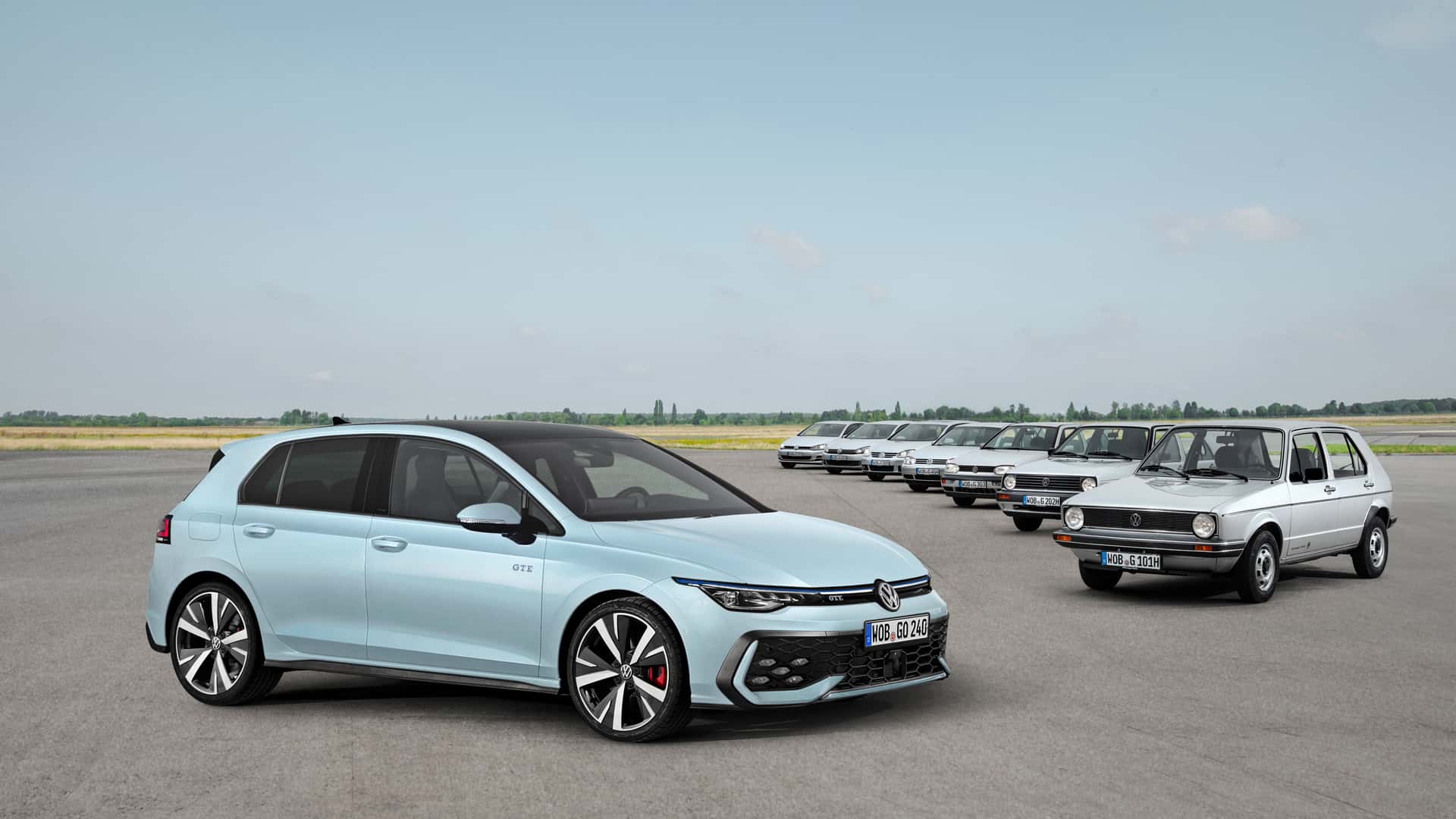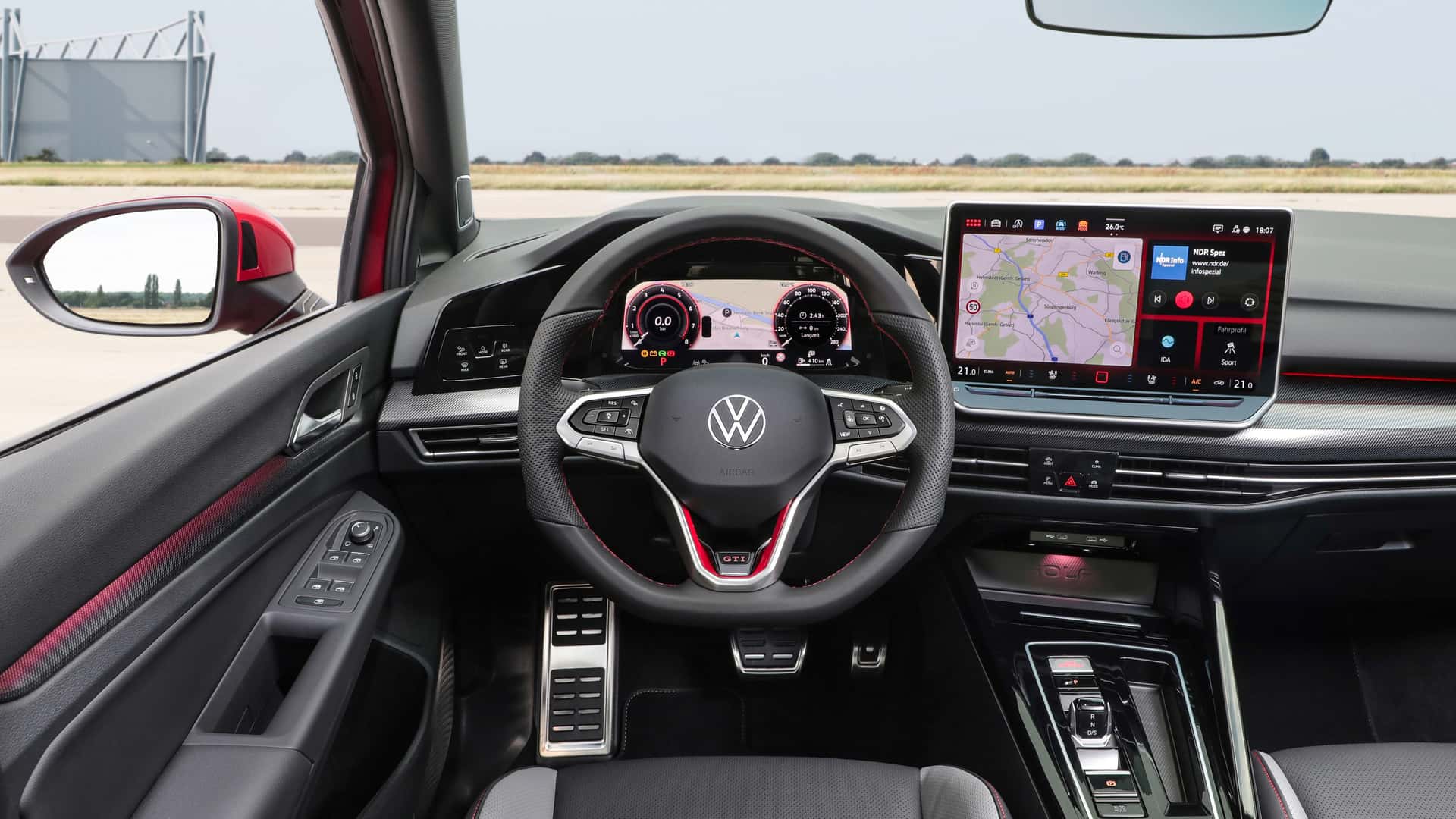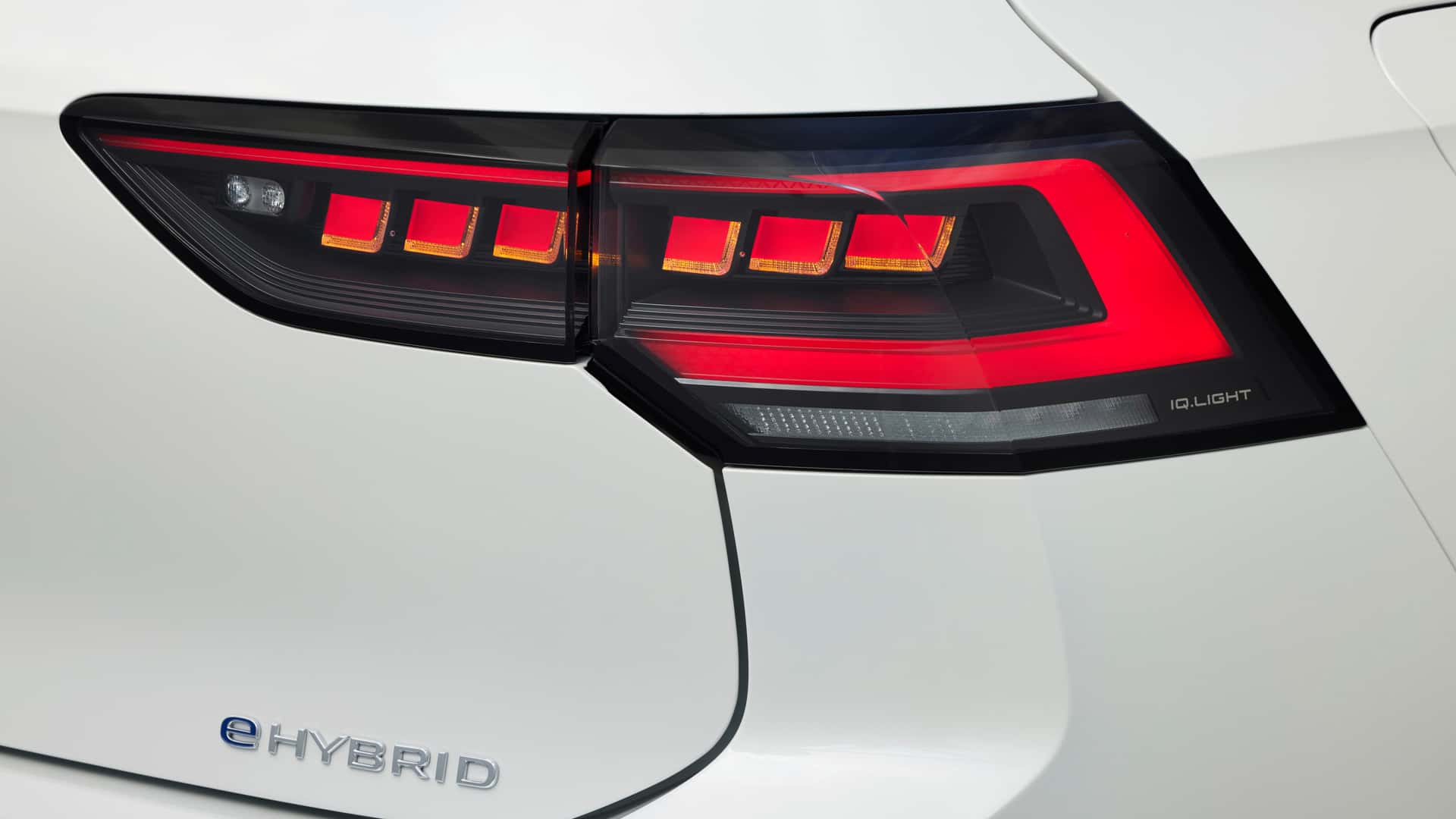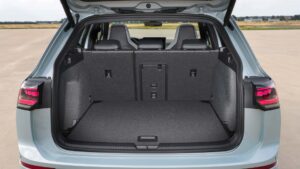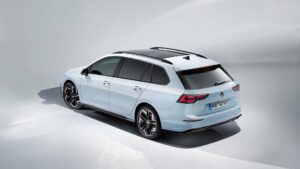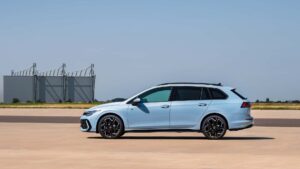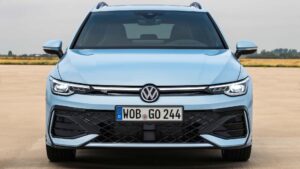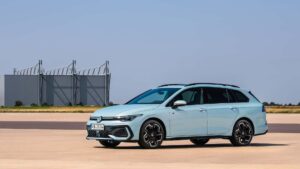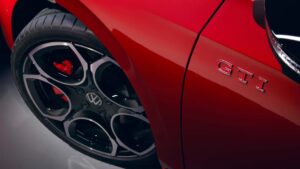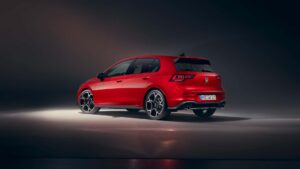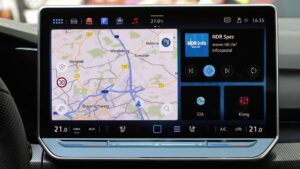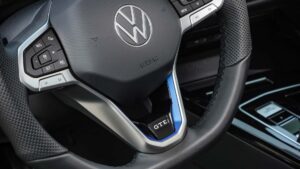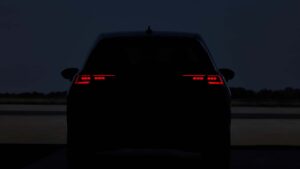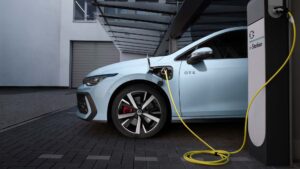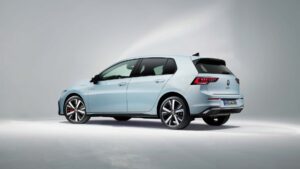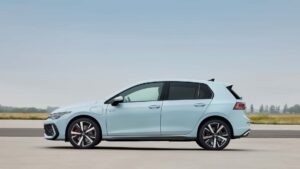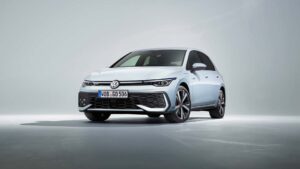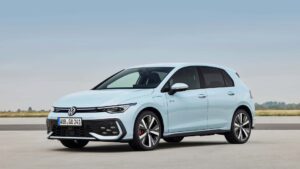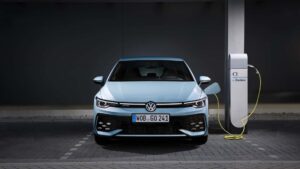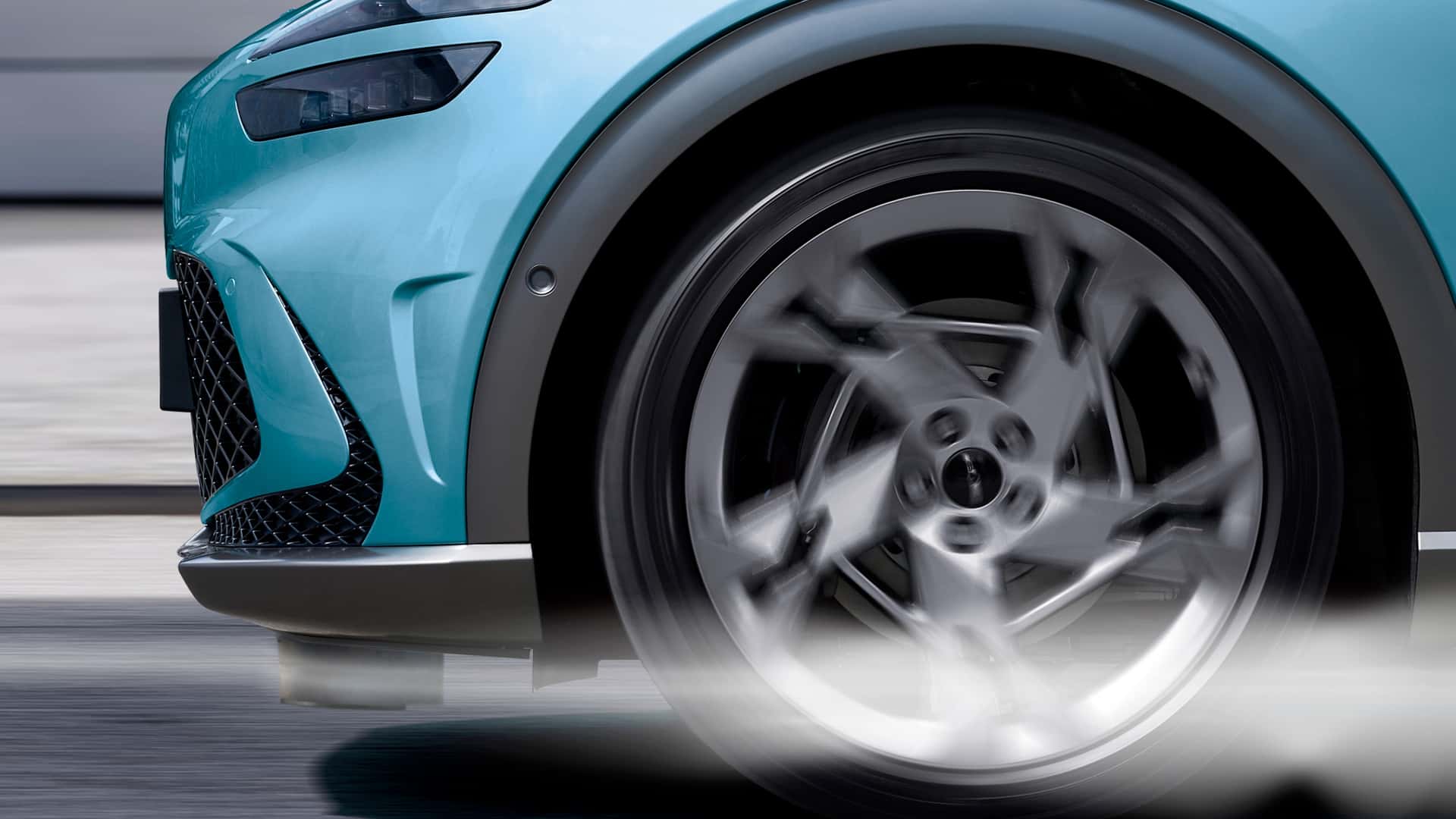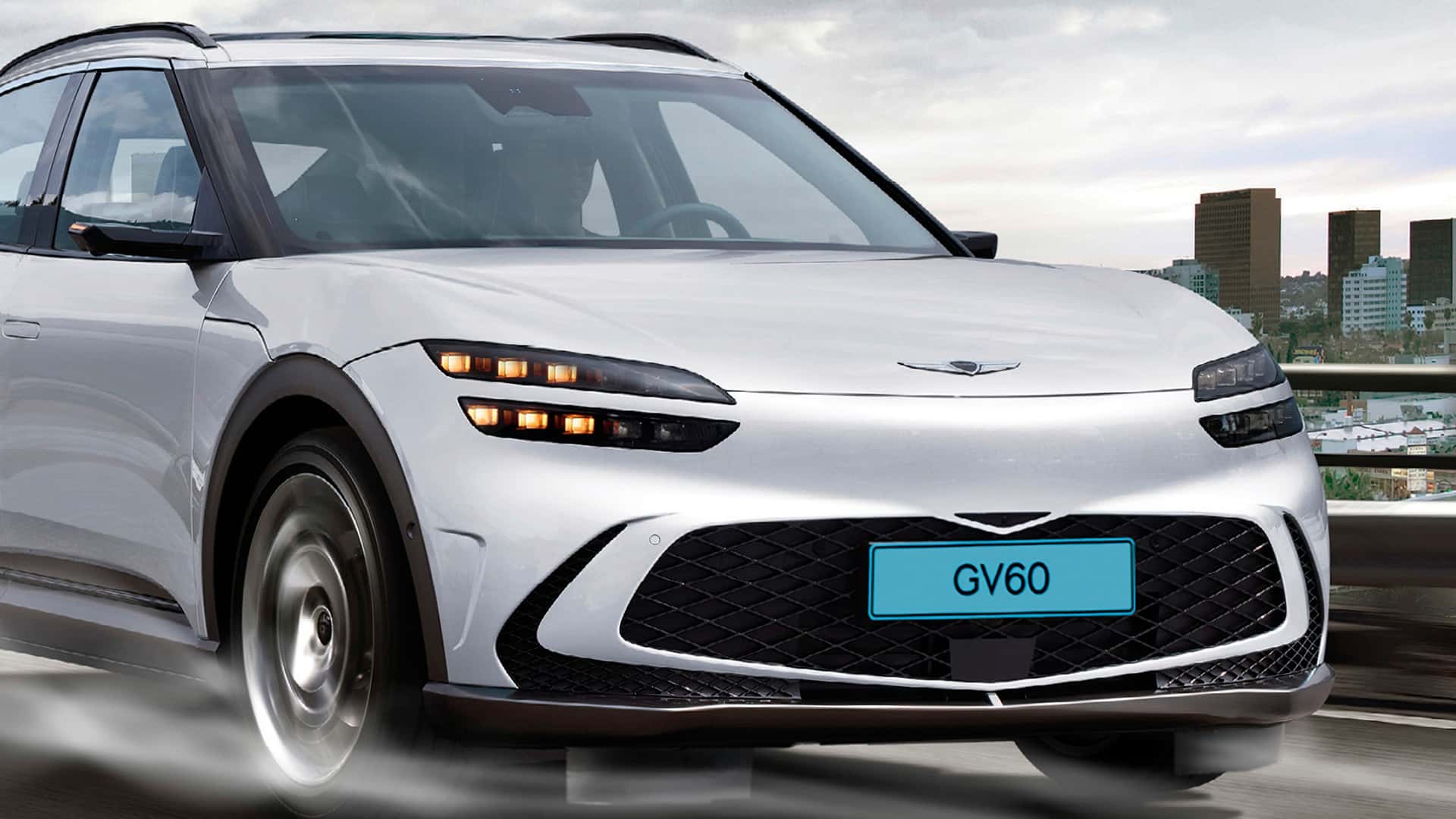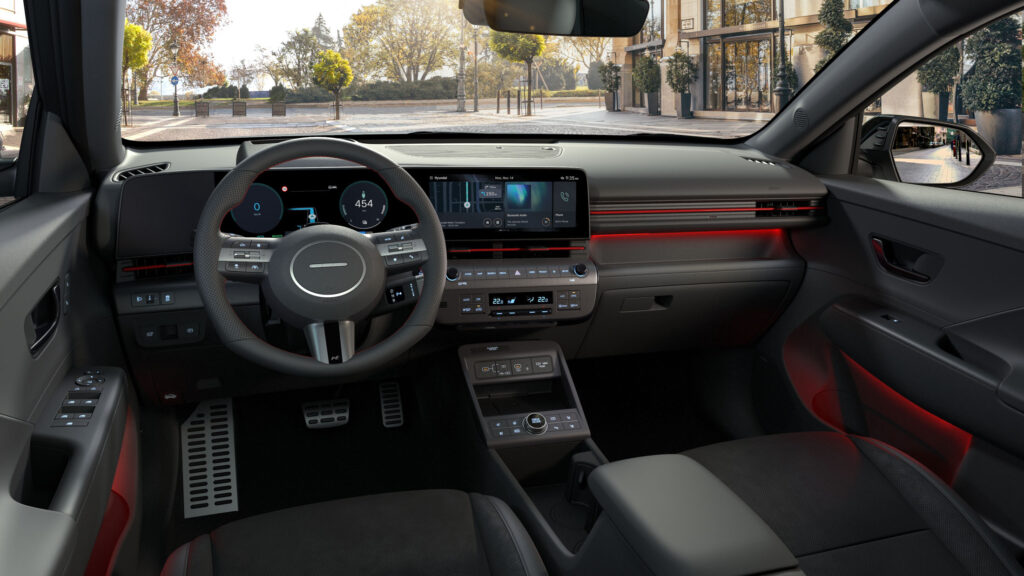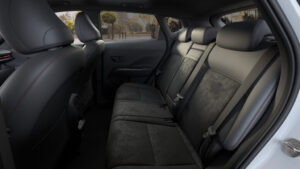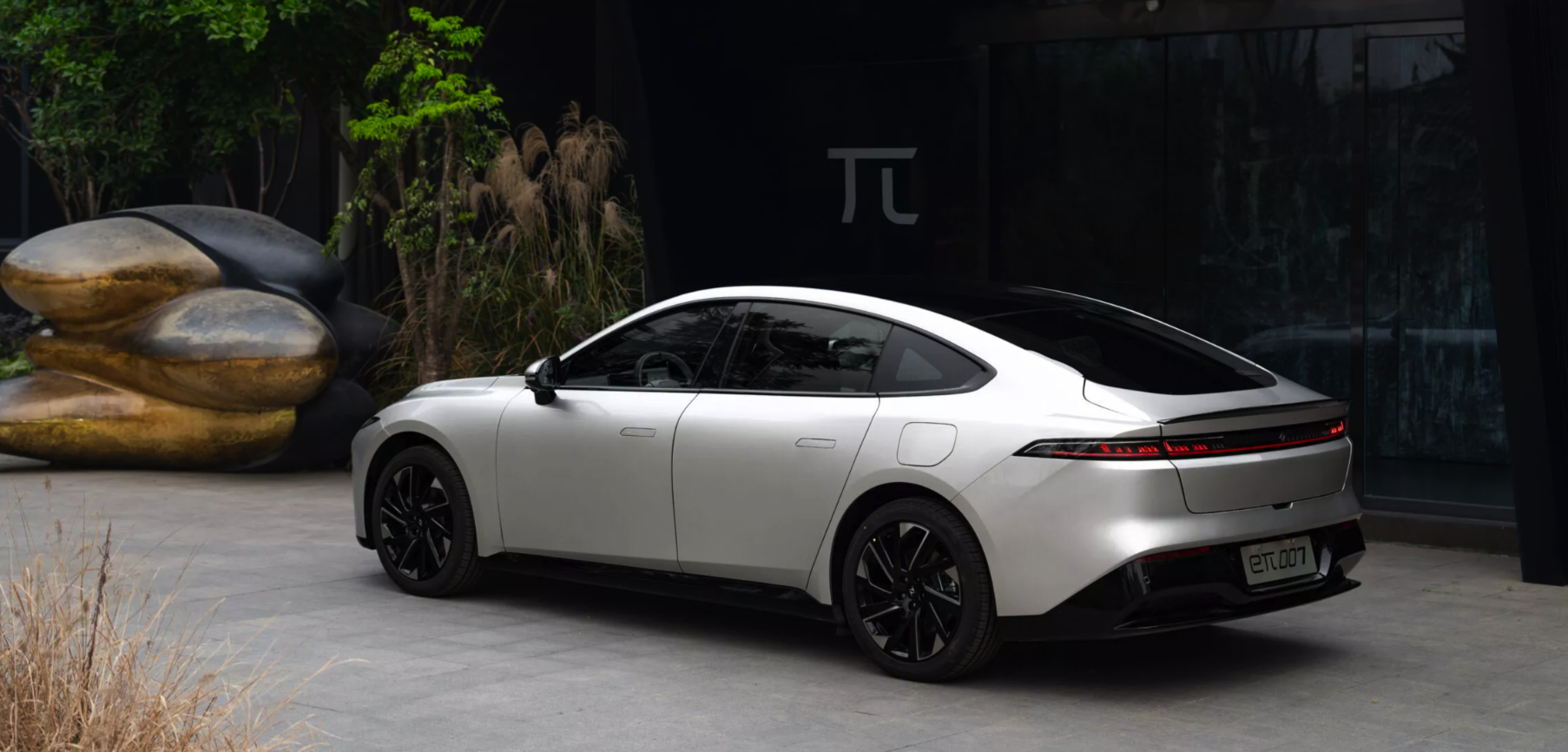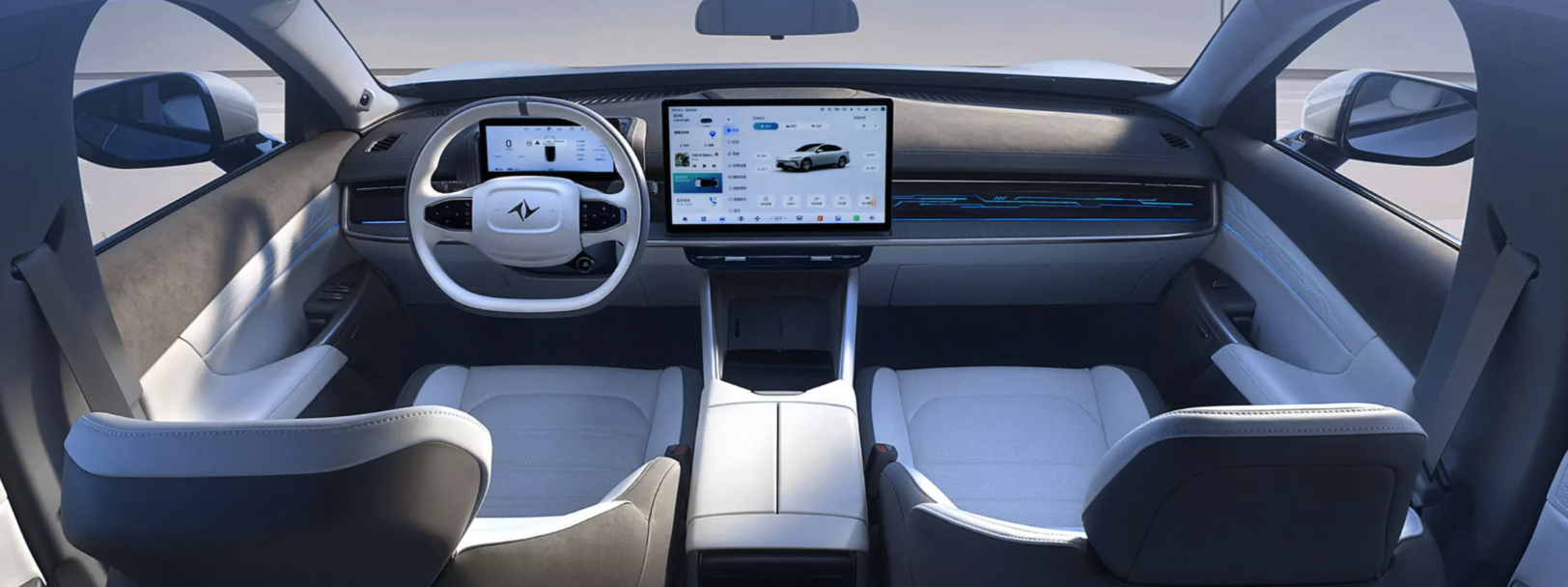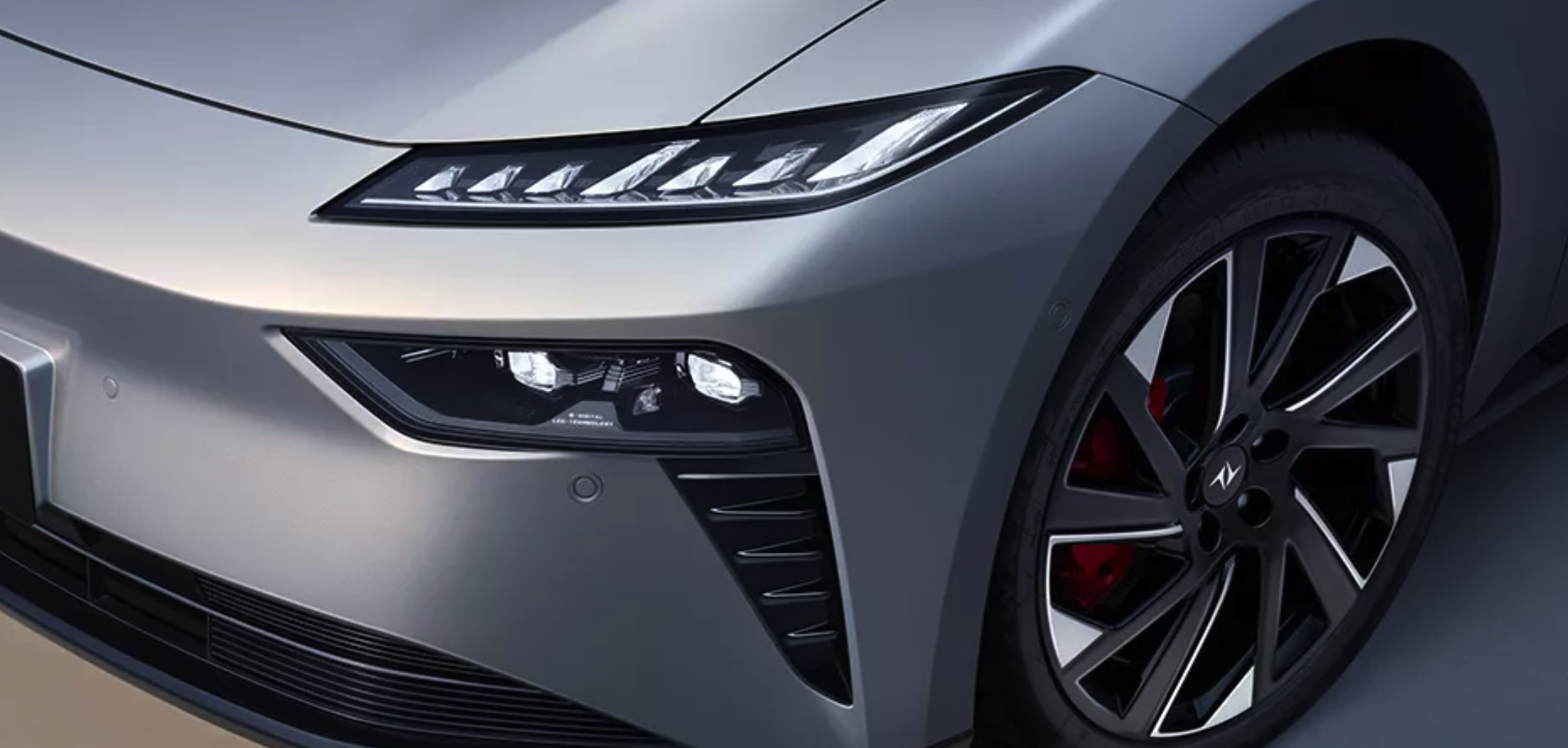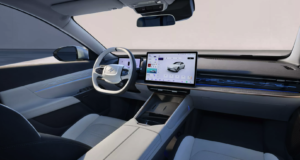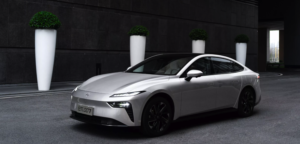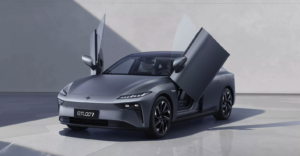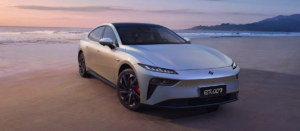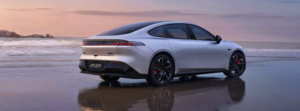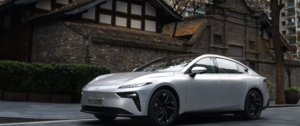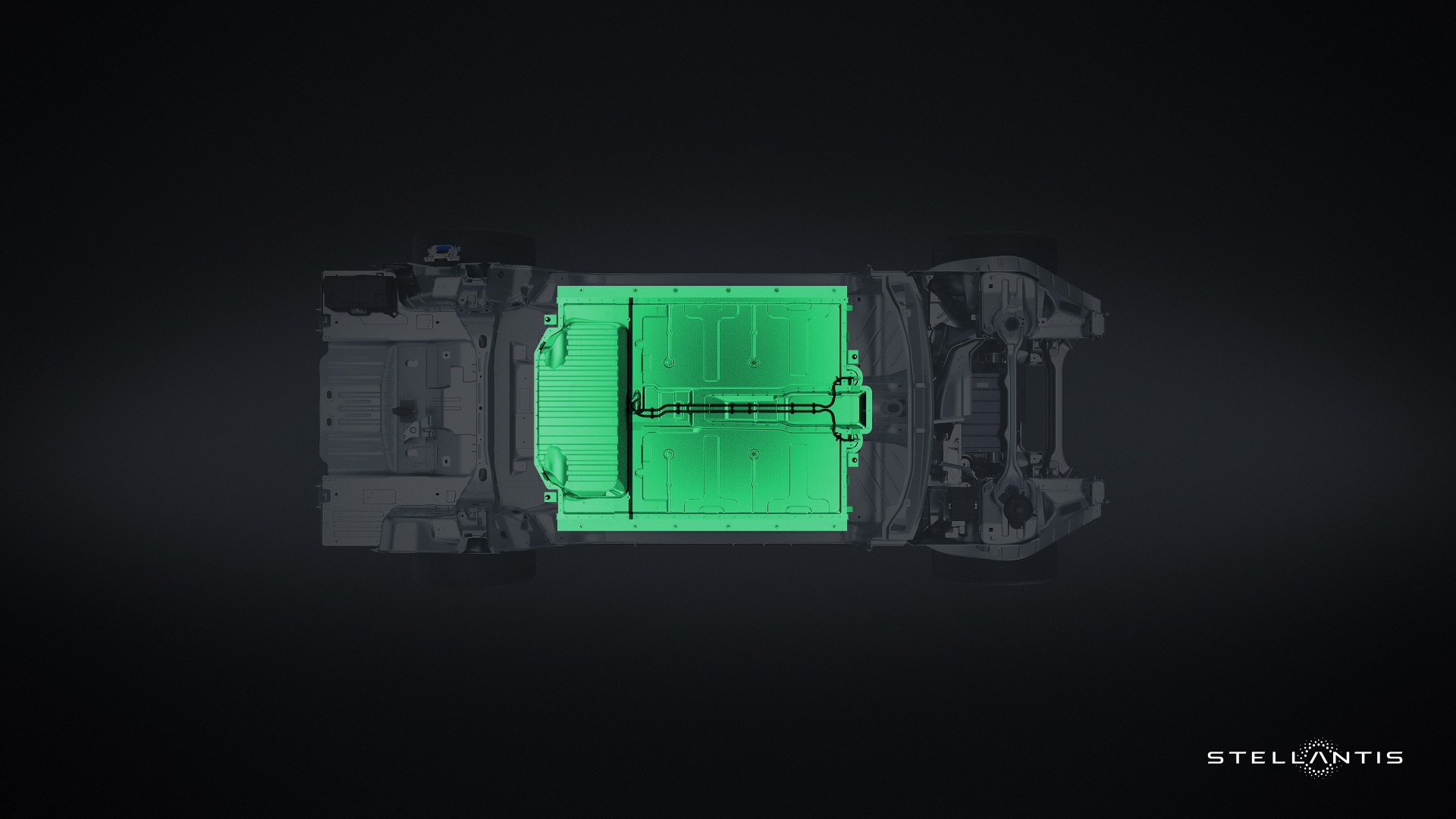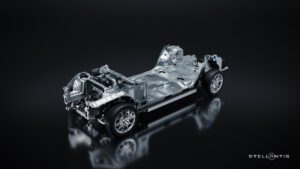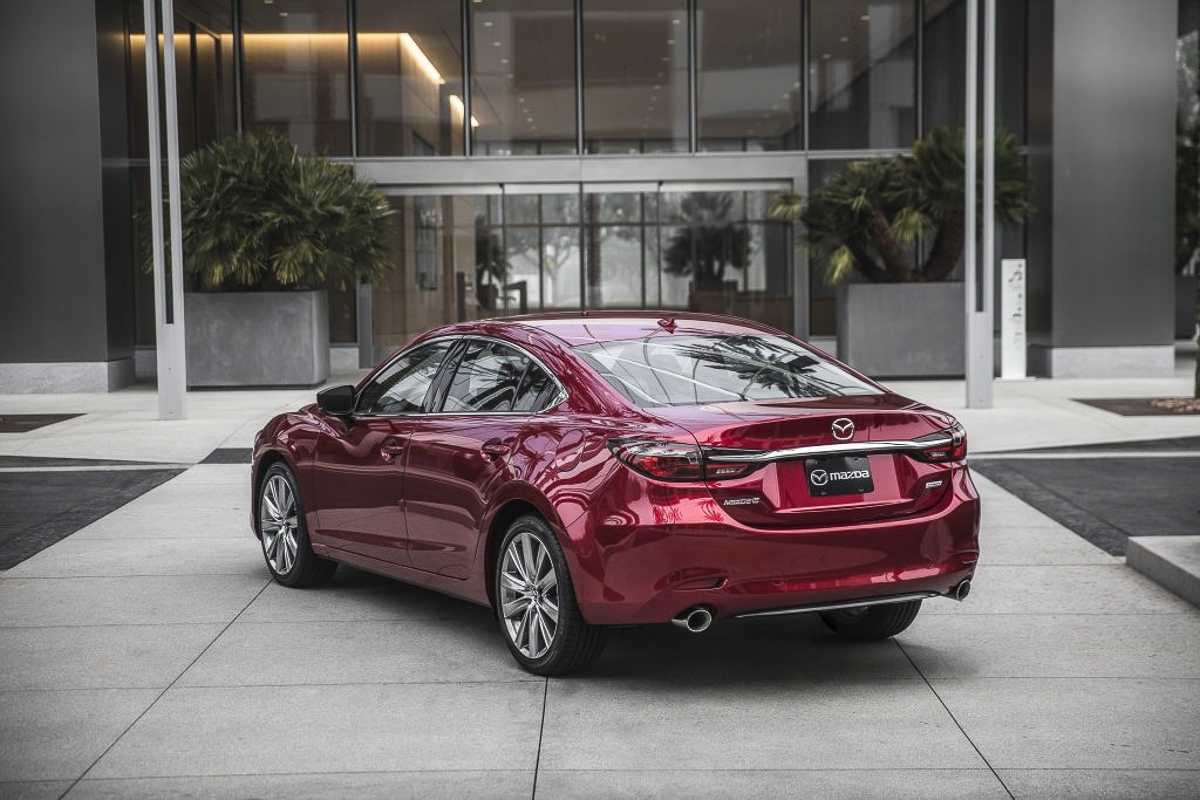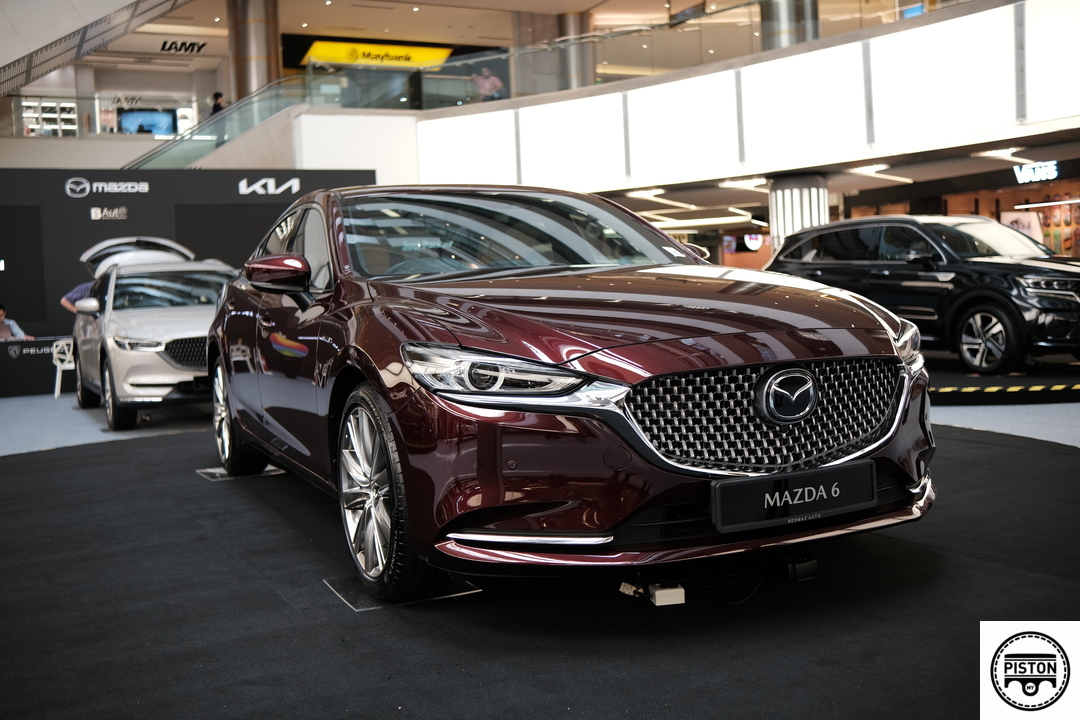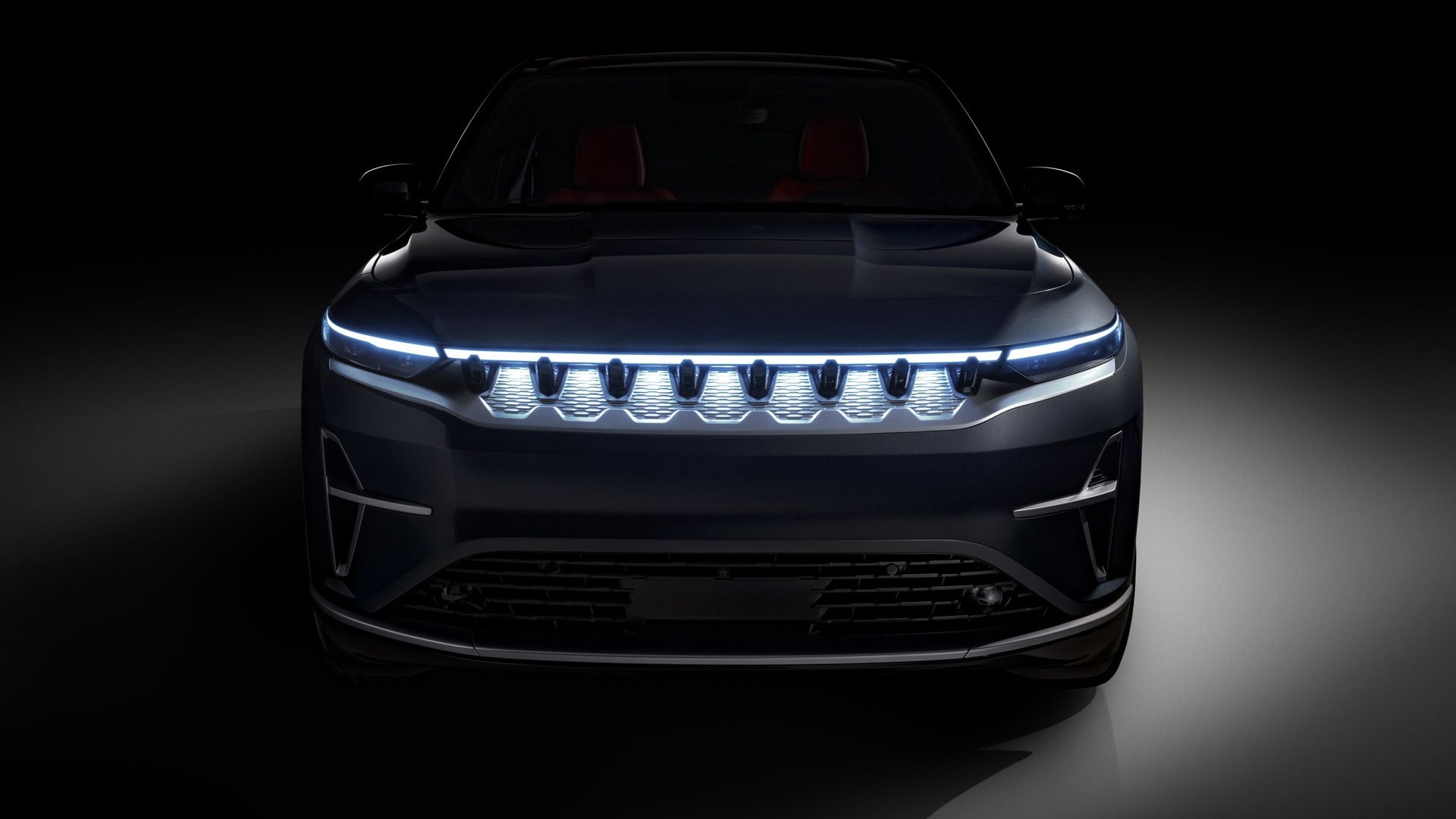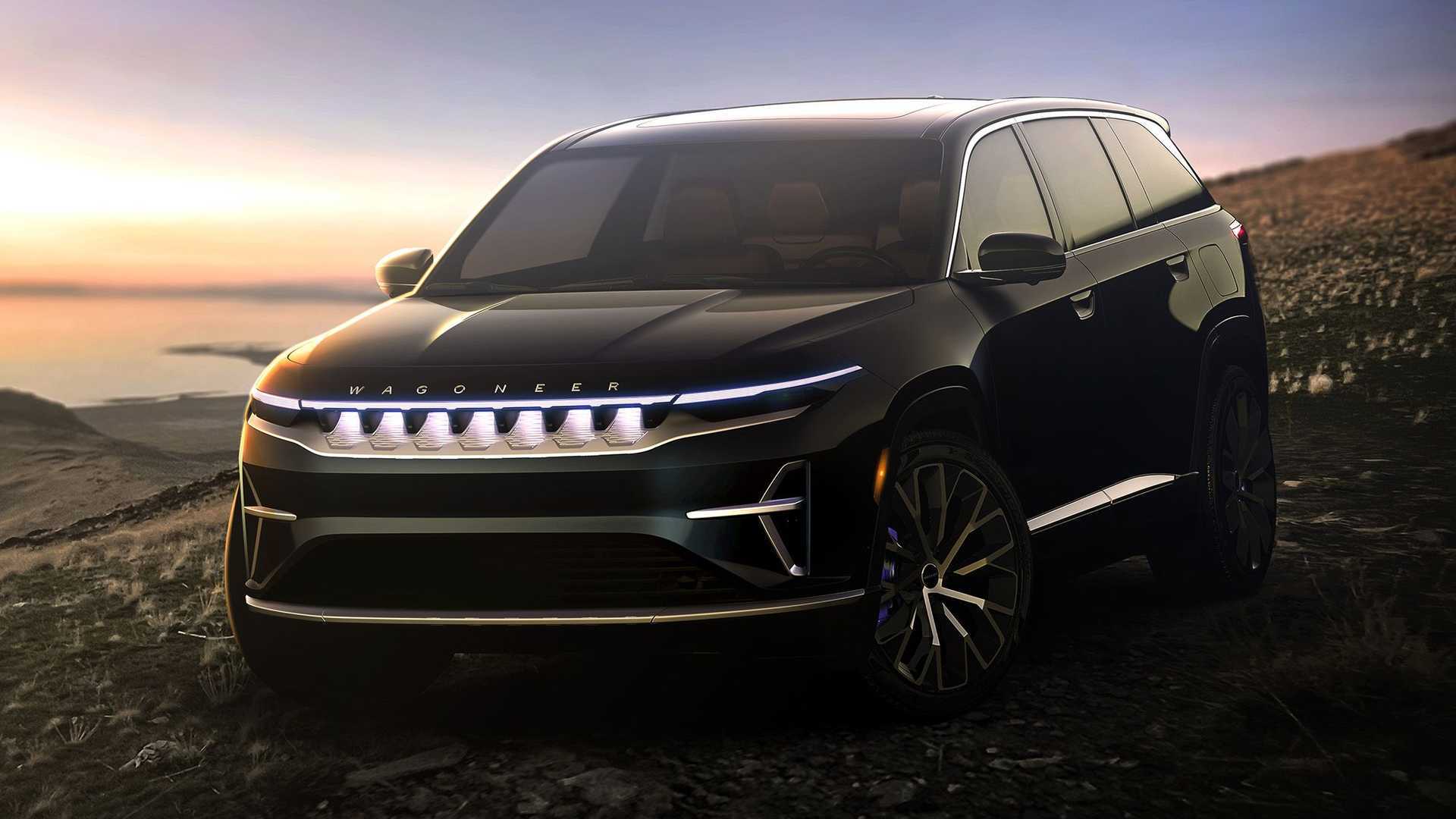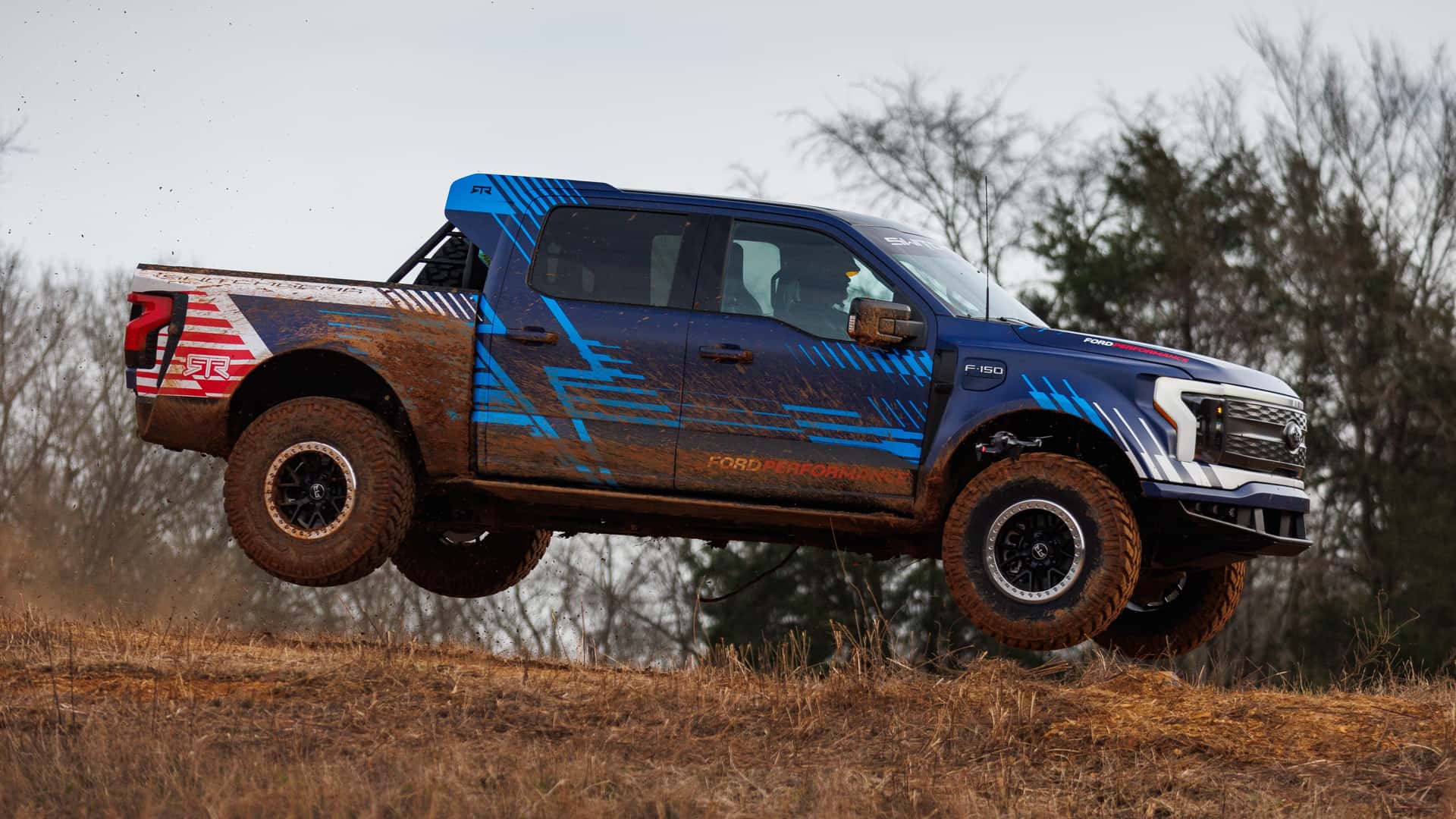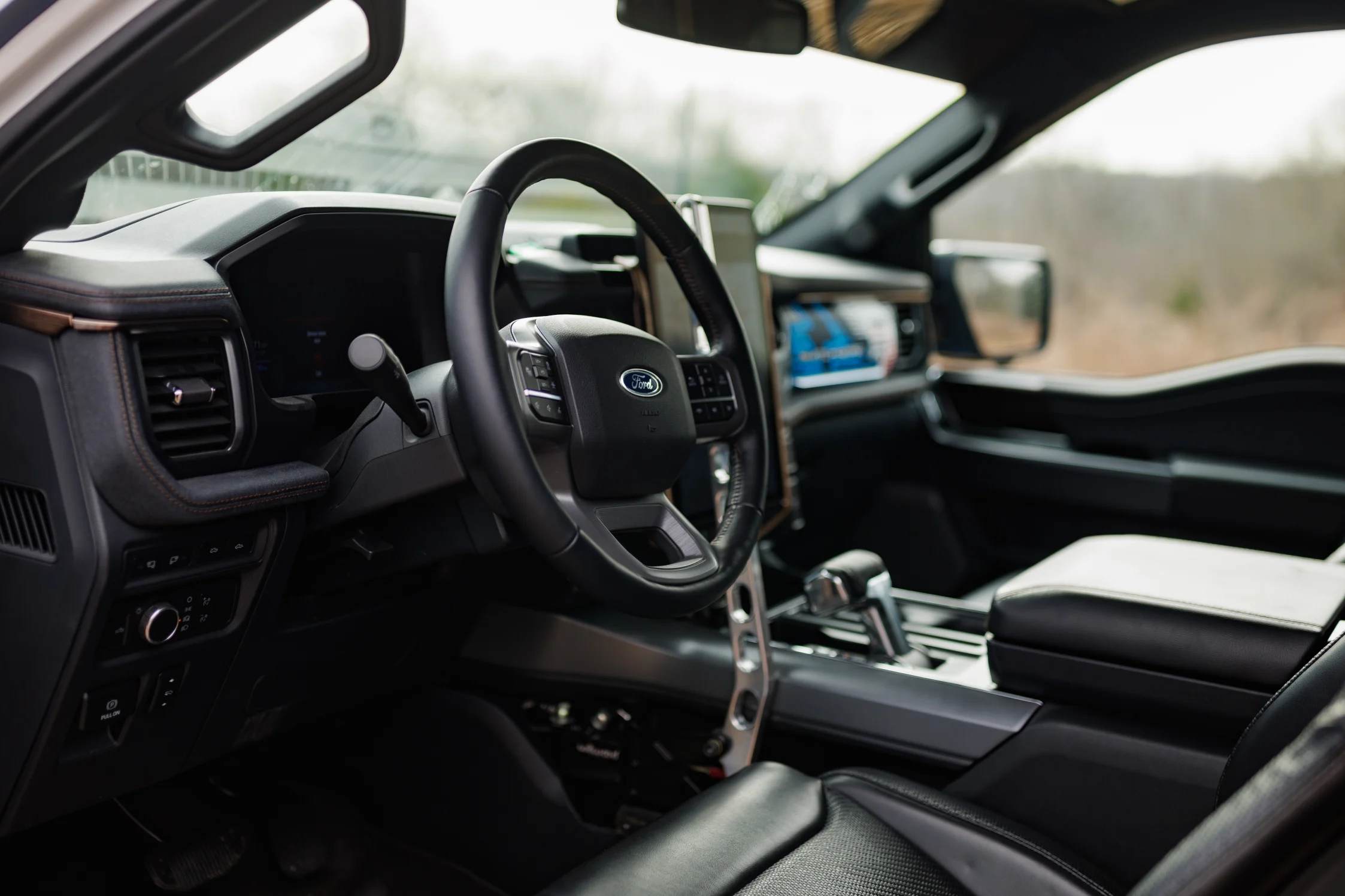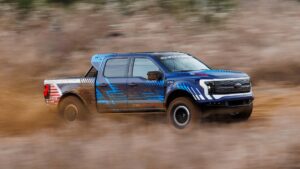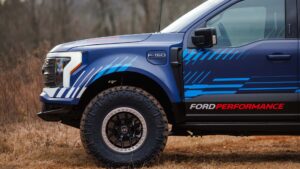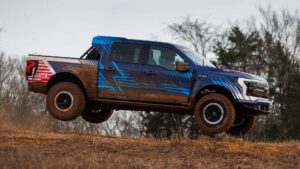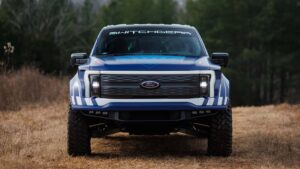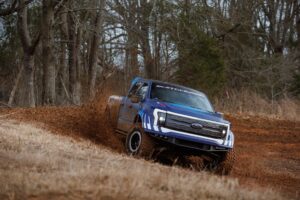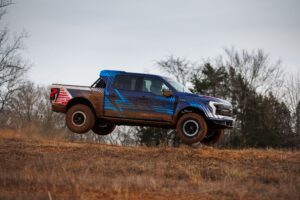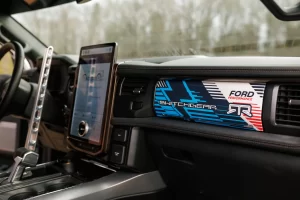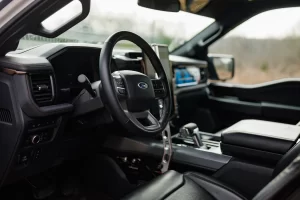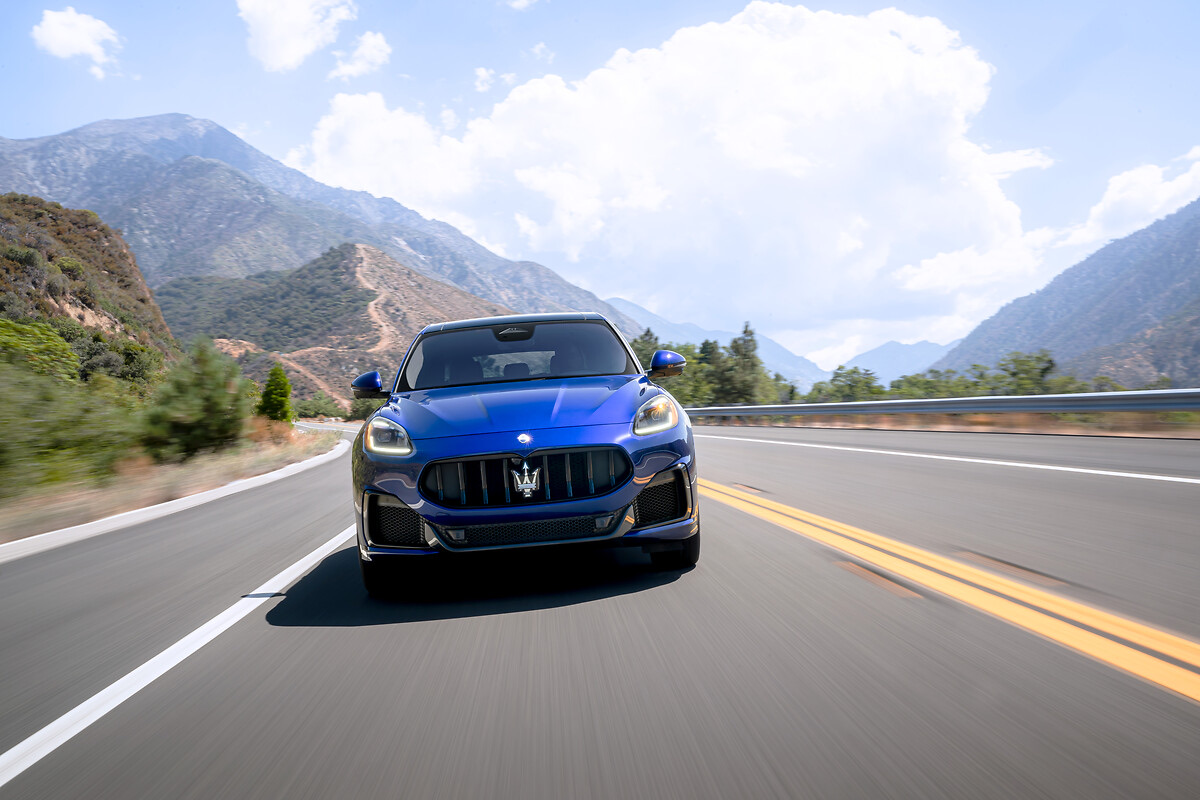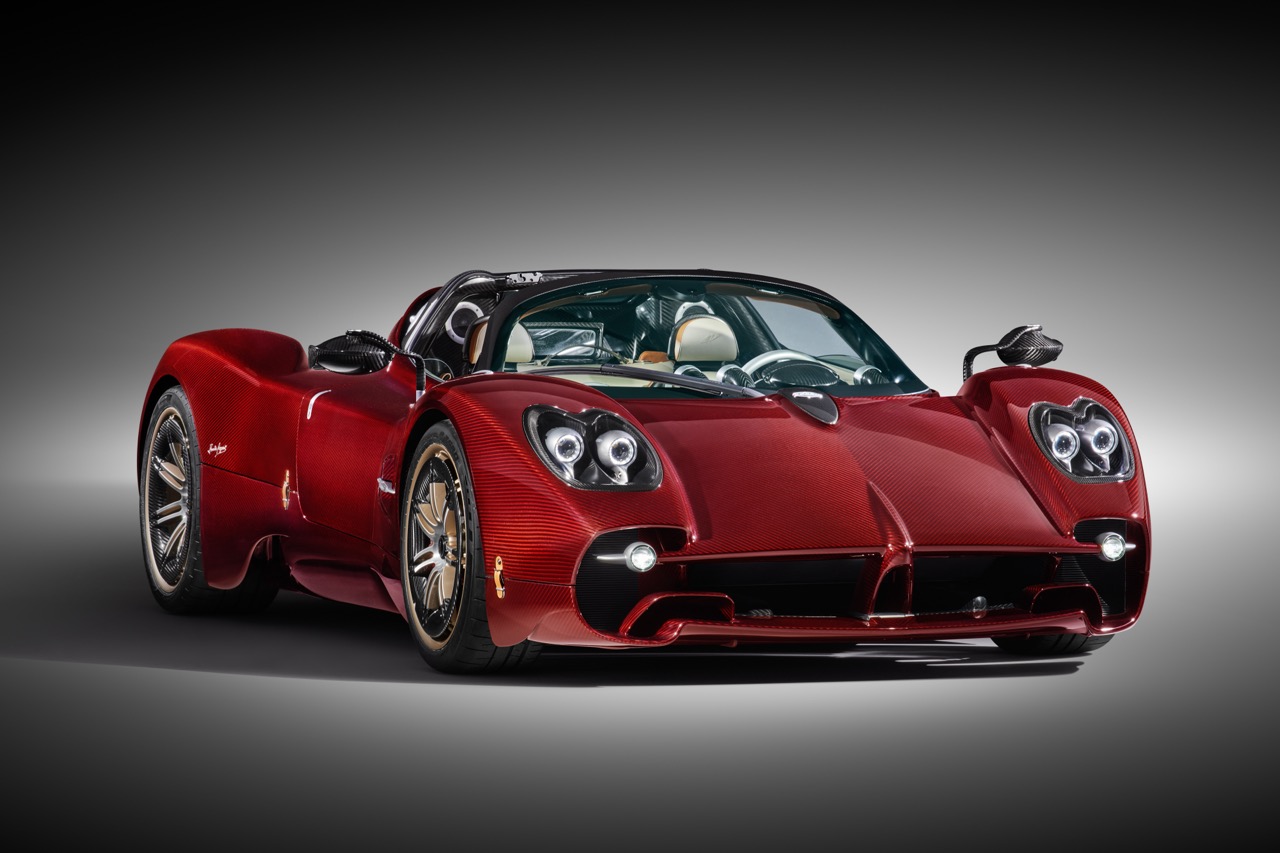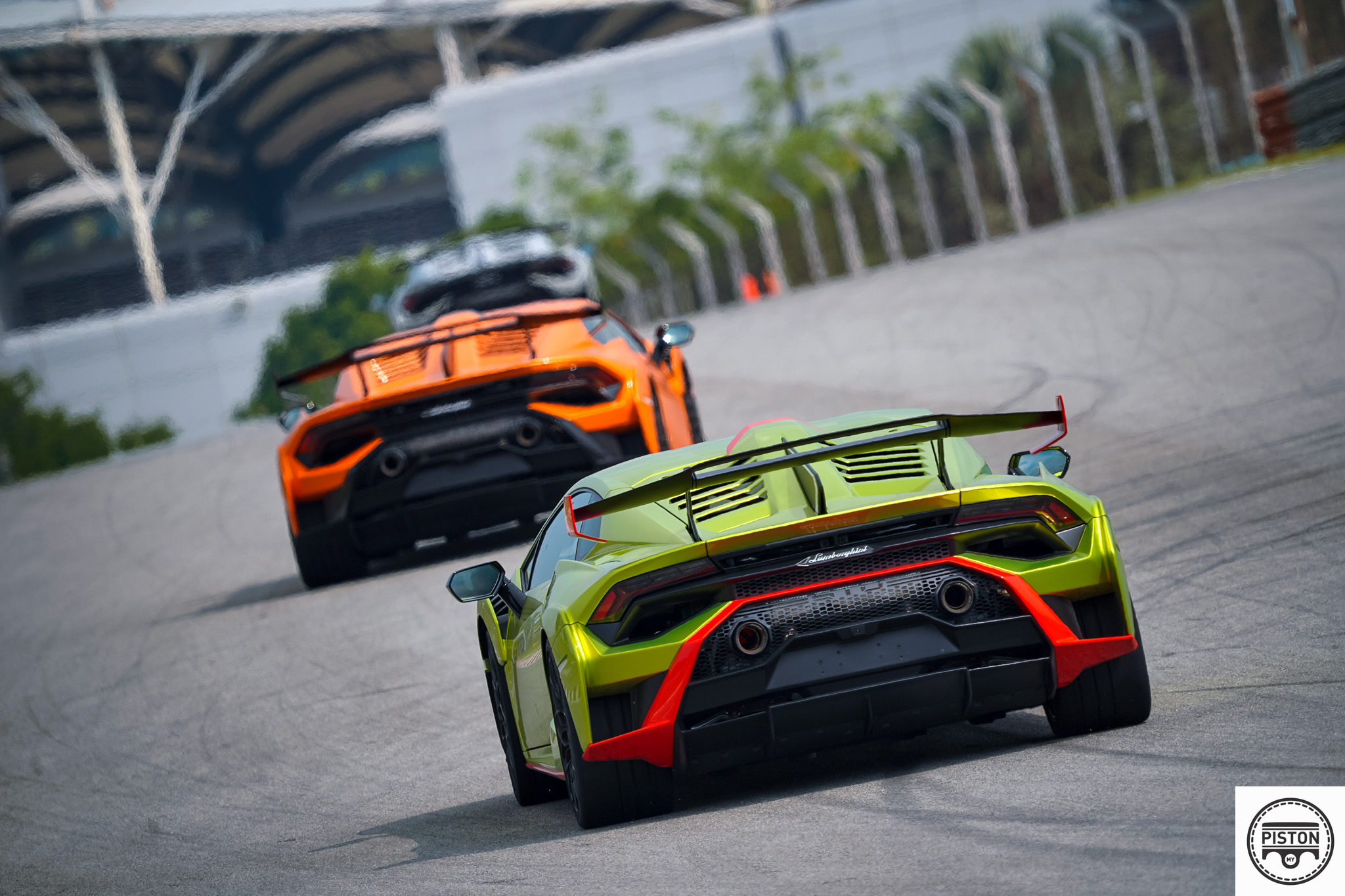In a tribute to five decades of the iconic Golf, Volkswagen is set to unveil an upgraded version of its bestseller, promising an array of advancements for customers. The enhanced Golf series boasts a host of features, including a redesigned front end, next-generation infotainment system, and efficiency-focused drive systems.

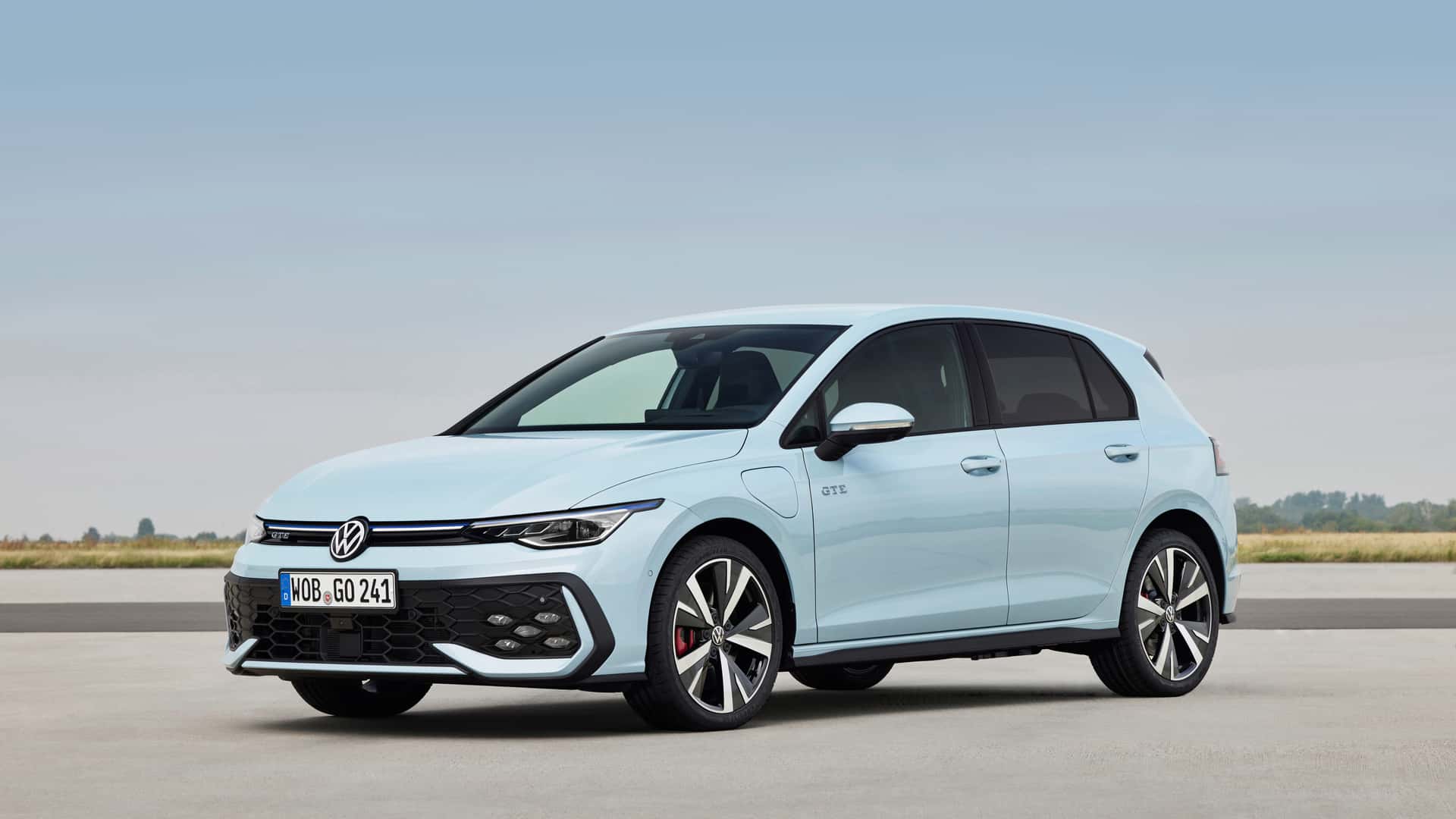


A standout feature marking this milestone is the illuminated Volkswagen logo, making its debut on the Golf. The LED headlights and reimagined IQ.Light 3D LED tail lights contribute to the refreshed exterior, providing a modern and dynamic appearance. The interior is equally impressive, featuring an intuitive infotainment system with a user-friendly touchscreen (screen diagonal up to 12 inches), along with touch sliders for temperature and volume control, creating an immersive driving experience.
Adding to the allure, the new IDA voice assistant takes centre stage, offering natural language interaction for controlling various in-car functions, accessing online information, and integrating the innovative ChatGPT chatbot, showcased at CES 2024.
The enhanced Golf series introduces new assist systems, such as the upgraded Park Assist Plus, which simplifies parking manoeuvres by detecting suitable spaces and initiating the parking process. Park Assist Pro now allows drivers to guide their cars in and out of parking spaces using their smartphones, adding a new dimension to convenience.
A significant technological addition is the Area View system, providing a comprehensive 360-degree all-around view by merging images from four cameras, enhancing visibility and ease of parking.
Under the hood, Volkswagen is bringing an array of updated drive systems to the Golf. The plug-in hybrid drives now offer increased power and an extended electric range of approximately 100 km. Additionally, these models are equipped with a DC quick-charging function, emphasising Volkswagen’s commitment to efficient and sustainable mobility.
The launch phase will witness a total of nine diverse options, including mild hybrid, plug-in hybrid, turbocharged petrol, and turbocharged diesel, catering to various preferences. The Golf GTI, known for its sporty performance, has undergone enhancements for even more power compared to its predecessor.
The new Golf models are expected to be available for order in the coming weeks, allowing customers to experience the evolution of this iconic model. As Volkswagen continues to push the boundaries of innovation, the enhanced Golf series pays homage to its rich history while embracing the future of automotive technology.




